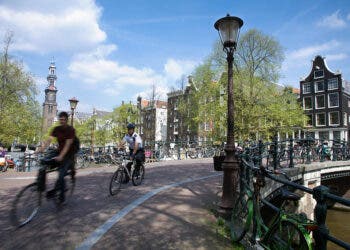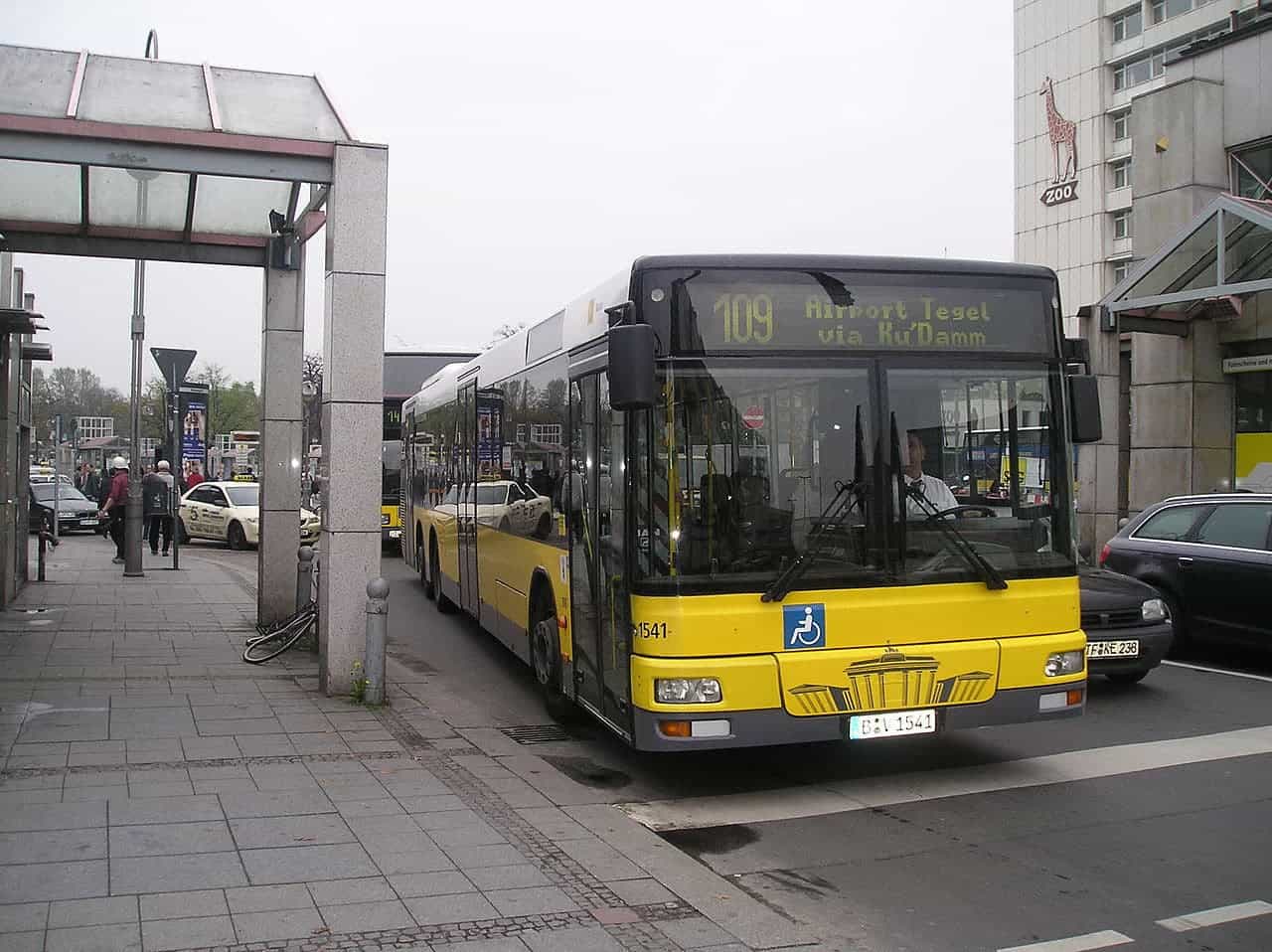Pop-up bike lanes were one of the few positive things to come out of the Covid-19 pandemic. As people looked for ways to avoid busy public transport, these paths dedicated only to two wheels were a quick and simple solution. In Europe, the concept was first introduced in Berlin but it quickly spread to other cities on the continent. Hundreds of kilometers of pop-up urban bike lanes were developed, but did they really have a positive impact? A new study finds the answer is ‘yes’.

Temporary bike lanes are set up in a similar way to roadworks. Yellow strips mark the bike lanes and they are additionally separate from car traffic by barrier posts. The distance between the bike and parking lanes is usually marked by a 1-meter-wide barrier so cyclists aren’t endangered by car doors. Cycle lanes are usually two meters wide.
In Berlin, the first one was created in March 2020, and many more followed. So far, 24 kilometers of pop-up bicycle infrastructure have been established along major roads in Germany. According to the German Cyclists Association (ADFC), bike traffic increased by 25% across Berlin because of the temporary lanes and the pandemic’s changing habits.
Researchers from the Institute for Advanced Sustainability Studies (IASS) in Potsdam decided to explore the impact of these innovations during the pandemic. Overall, they that found bike lanes are widely accepted and have encouraged cycling uptake. Also, cyclists’ exposure to polluted air decreased thanks to the bike lanes.
“Pop-up bike lanes can accelerate the transformation towards a bicycle-friendly city. Traffic planners in Berlin demonstrated an innovative mindset by trialling a new street layout for a limited period and analyzing its usage,” co-author Dirk von Schneidemesser, said in a statement. “The lessons learned from this experiment were then incorporated into a long-term solution.”
The benefits of pop-up bike lanes
Schneidemesser and the team of researchers asked people in Berlin for their thoughts on pop-up bike lanes and used a case study to review the impact of their introduction on air quality and bicycle use. The case study focused on the street of Kottbusser Damm in the district of Friedrichshain-Kreuzberg, where the first pop-up bike lane was set up in 2020.
The survey showed a split in public opinion on the new bike lanes. Over 95% of regular bike users supported the introduction of the lanes, while around 75% of pedestrians and 79% of public transport users also backed the policy. On the other hand, among those respondents who identified themselves as motorists, only 15% supported the lanes. So there was a divide between motorists on one hand and everyone else on the other.
The researchers reviewed data on bike use along Kottbusser Damm both before and after its installation, using anonymized data from cyclists. Analysis of the data showed bike traffic increased by 73% over the first twelve months since the introduction of the pop-up bike lane. In fact, bike use increased by 141% when comparing May 2020 to May 2019.
Cyclists that used the pop-up lane on Kottbusser Damm were exposed to 22% lower concentrations of the air pollutant nitrogen dioxide than previously, the study showed. Measurements taken on nearby streets didn’t indicate a reduction in exposure, which suggests the improved air quality on Kottbusser Damm was because of the bike lane, the researchers said.
“Pop-up bike lanes are an important measure to redistribute space in cities so that people can cycle safely. Our results show that bicycle traffic is increasing on these routes and that the pop-up bike lanes enjoy strong support, not only from cyclists but also from public transport users and pedestrians,” lead author Sophia Becker said in a statement.
The study was published in the journal Sustainable Cities and Society.






